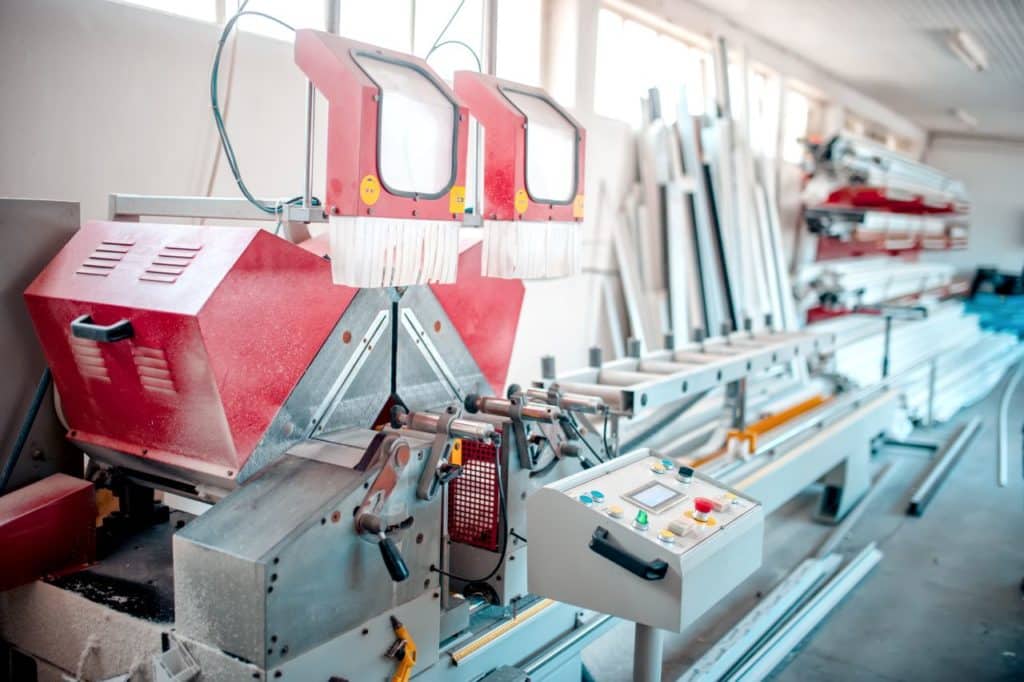Industrial Chillers
How Do Industrial Chillers Work?
If your business uses industrial machinery of any kind, it’s likely that industrial chillers will prove to be a very wise investment for your daily operations. Industrial chillers are used in a wide range of business environments, ranging from food and beverage production to injection moldings and semiconductors.
The widespread usage, combined with a growing understanding of their benefits has seen the industry grow at a rapid rate while it is expected to surpass $13.25bn by 2026. Now is the time for your business to open its arms to their benefits.
Before making the investment, though, you should familiarize yourself with how industrial chillers work. Here’s all you need to know:
The Industrial Chiller’s Function
Broken machinery costs US businesses millions of dollars every single day. In fact, research shows that machinery faults (not including boiler problems) account for one-third of all losses surpassing $3m. In many cases, the damages are caused by overheating. An industrial chiller solves this issue by transferring heat from the source location to another.
The process will keep the equipment at a consistent temperature while also maintaining the right pressure levels. In turn, this can deliver a wide range of benefits for your business including:
- More efficient machine operations
- Reduced threat of machine failure
- Reduced maintenance requirements
- Increased energy efficiency
- Greater levels of automation
Ultimately, an industrial chiller has the ability to save time and money for the business and its staff. The final result is a more efficient operation that guarantees the highest-quality products.
The Three Working Principles Of Industrial Chillers
Industrial chillers use three working principles to ensure that machinery is kept at suitable temperatures throughout all operations. They are:
- The Phase Change: In which liquid coolants turn into gas when heated and condensed back to a liquid when cooled.
- The Heat Flow: In which energy naturally transfers itself from high concentrated environments to low concentrated environments.
- The Boiling Point: This either increases or decreases in reflection of the liquid’s pressure at any given time.
Key Parts Of Industrial Chillers
The industrial chiller uses a process known as the refrigerant cycle (explained below) to successfully remove and treat the heat gases. To do this, it uses the following parts:
- The Evaporator: turns a refrigerant liquid into a gas through evaporation.
- The Compressor: turns low-pressure liquid into high-pressure gas.
- The Condenser: actively removes heat from the high-pressure gas.
- The Valve: treats the gas and prepares it as a liquid for the evaporator.
The Three Types Of Condensers
Industrial chillers rely heavily on the function of the condenser. While lesser-used alternatives do exist, the three main types of condensers are:
- Water-cooled industrial chillers that use an external cooling tower to cool hot gases and refrigerants back into a liquid.
- Air-cooled industrial chillers that use ambient air to reject hot gases and refrigerants while cooling heat back into a liquid state.
- Absorption industrial chillers that absorb the gas coolant and recycle the diluted solution through a heat exchange.
How Industrial Chillers Operate
An industrial chiller transfers heat away from the source of overheating by utilizing a water (or water/glycerol) solution. Thanks to the three naturally occurring principles, the heat can be transferred back and forth to the chiller.
Most industrial chillers also use a pump system and liquid reservoir to circulate the liquids and gases to/from the chiller. In essence, then, the heat is transferred away from the machinery and becomes cool due to the cooling temperature of the water or water/glycerol solution.
Of course, in an air-cooled industrial chiller, the liquid is replaced by the ambient air, although the basic operations are largely the same. Chillers also rely heavily on the cooling refrigerant, which is responsible for facilitating the state phase changes between gases and liquids.
This is known as the refrigerant cycle, because the compression turns the liquid to a gas and then back to a liquid. The refrigerants are chemical compounds, which will vary depending on the temperature requirements for the intended application.
The cycle is completed by the following steps:
- The evaporator is used to boil the heat from the process water, transforming it from a liquid to a gas.
- The gas then enters the compressor, where it becomes a high-pressure gas.
- The high-pressure gas enters the condenser where the water or air ambient is used to cool it to a liquid.
- The high-pressure liquid enters a valve that subsequently determines how much refrigerant will be transferred back to the evaporator.
